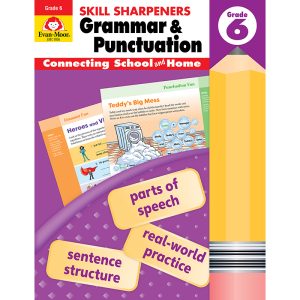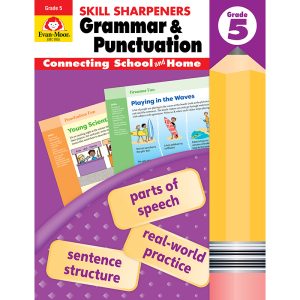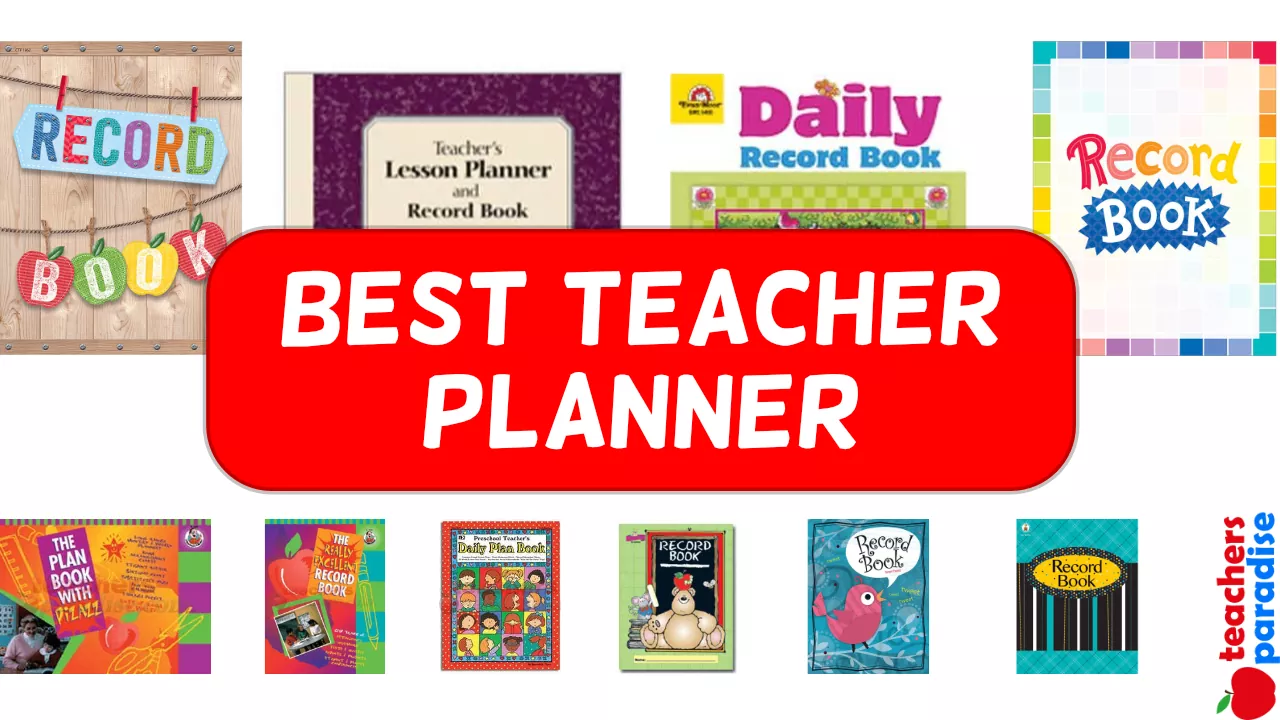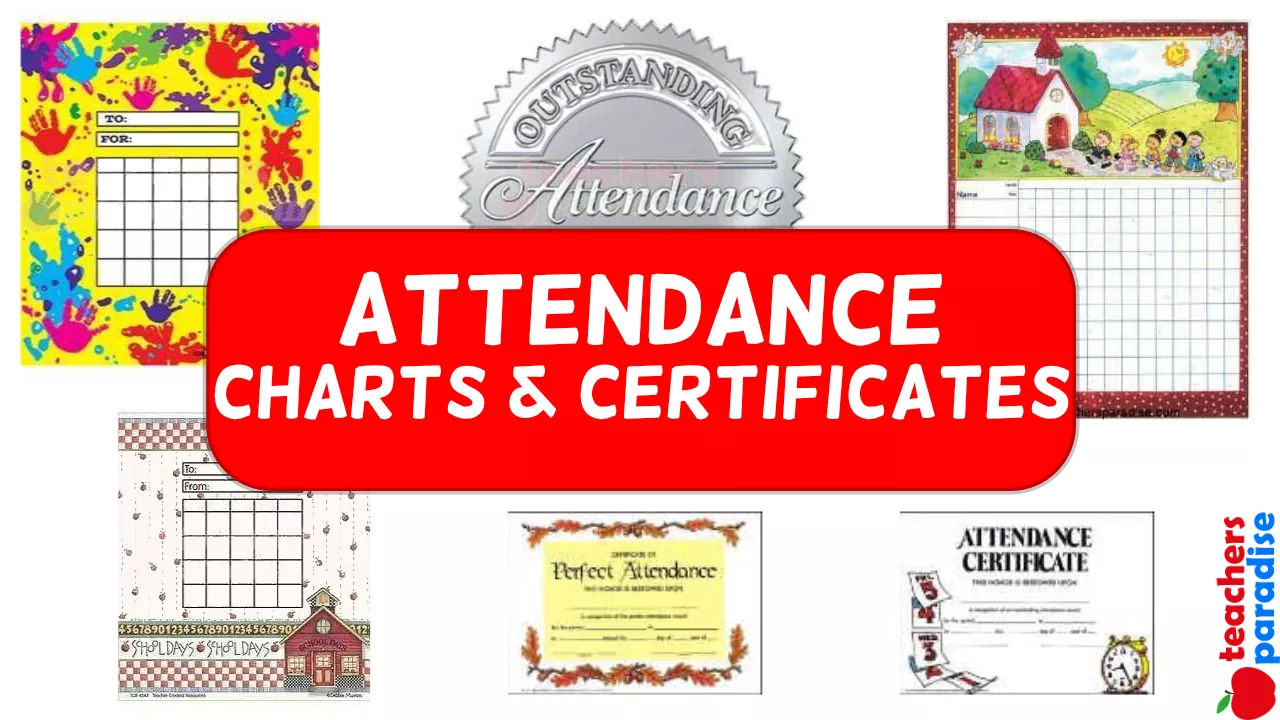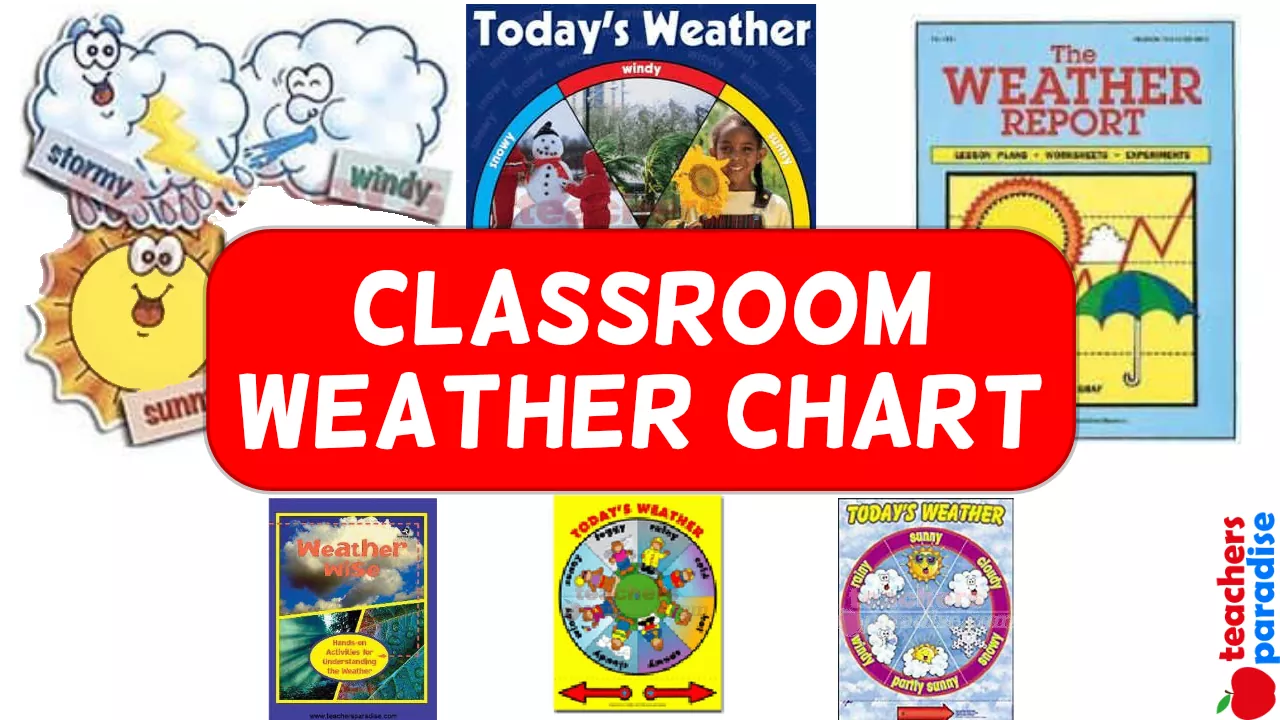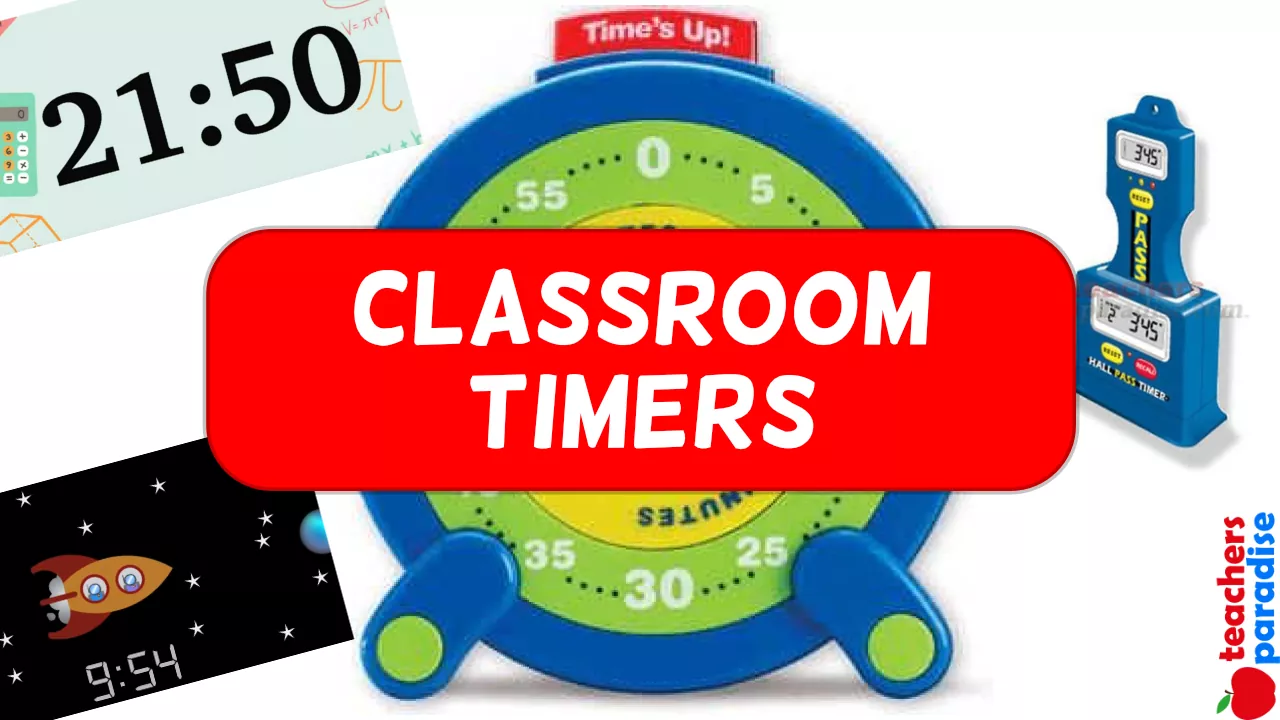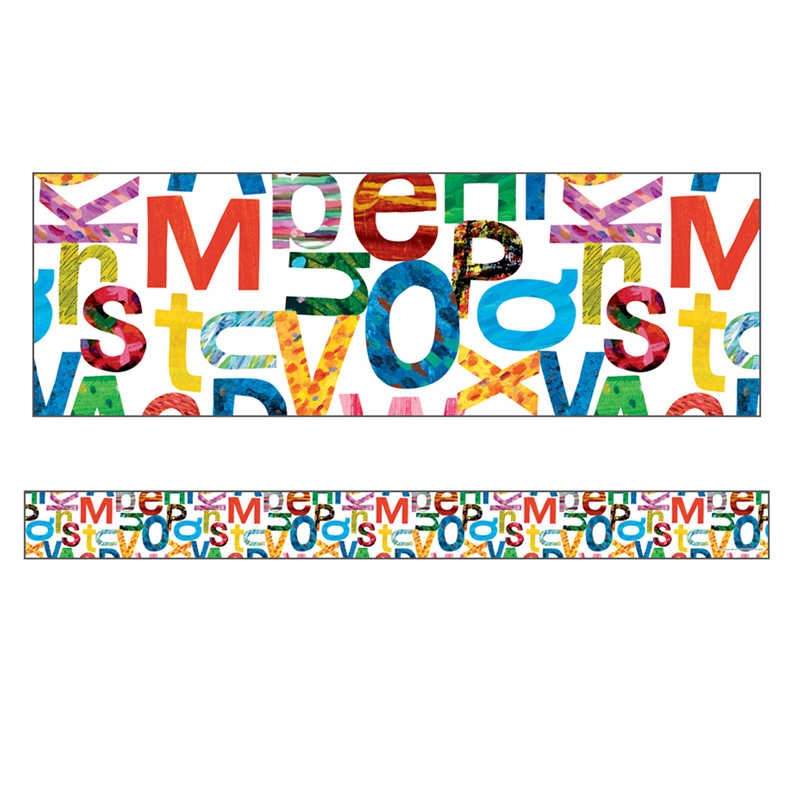Math for Spring
About Math for Spring Daily Problem Solving
Students need to learn to solve mathematical problems that require the use of information and math skills they have learned. Even in the early stages of mathematical knowledge, students can learn to do multi-step problems, given guidance and practice.
This means teaching them:
• how to decide what the problem is asking.
• how to use the information provided in the problem.
• a variety of strategies to call upon when solving a problem.
WORKSHEET & Sample PDF Activity
Sample PDF Activity
You can help your young students become better listeners, more careful readers, and better thinkers by providing frequent opportunities to practice using their skills. Success at these practice activities will build up their confidence as mathematicians.
Many of the problems in this book require two or more steps to solve. For example:
The toy store had a sale on Easter rabbits.
There were 24 rabbits on the shelf.
6 rabbits were pink.
9 rabbits were brown.
The rest were white.
How many rabbits on the shelf were white?
Teaching Multiple Strategies
It is necessary for your students to understand that there are many ways to find the answer to a math problem. Model the various strategies they may use before asking them to proceed independently. Some strategies you might demonstrate are:
• verbalizing the problem
• drawing pictures to show what is happening in the problem
• moving manipulatives around
• rewriting the problem in your own words to clarify its meaning
• working the problem in two different ways to see if you come up with the same answer
Birds like the trees in my backyard.
Three trees have one nest and one tree has two nests.
There are four eggs in each nest.
How many eggs are there in all?
Teaching Each Lesson
Young students will need much help and practice in the beginning. Here are some steps to follow each time a problem is introduced:
- Read the problem to your students, as you point to the words.
- Read the problem again, asking your students to read along with you. Talk about what the problem is asking. Look at any chart or illustration that might contain needed information.
- Have them identify the parts they must solve.
- Pass out manipulatives when needed.
- Discuss possible ways the problem might be solved.
- Allow some time for students to solve the problem on their own. Have students share their answers and tell how they reached the solution.
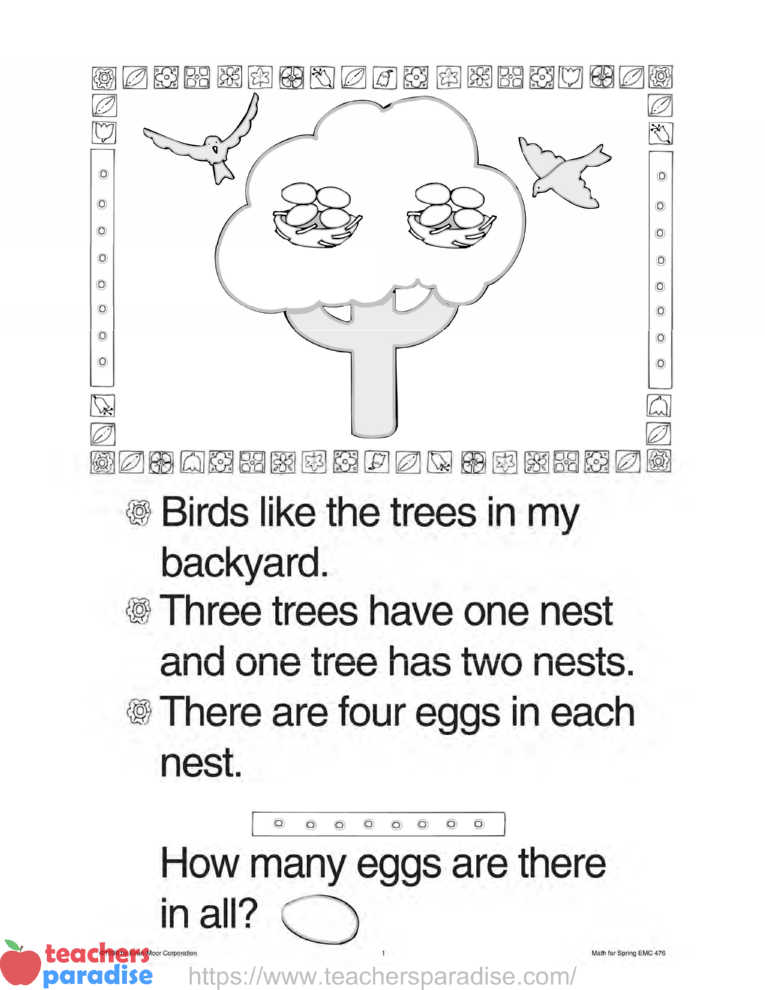
Three trees have one nest and one tree has two nests.
There are four eggs in each nest.
How many eggs are there in all?
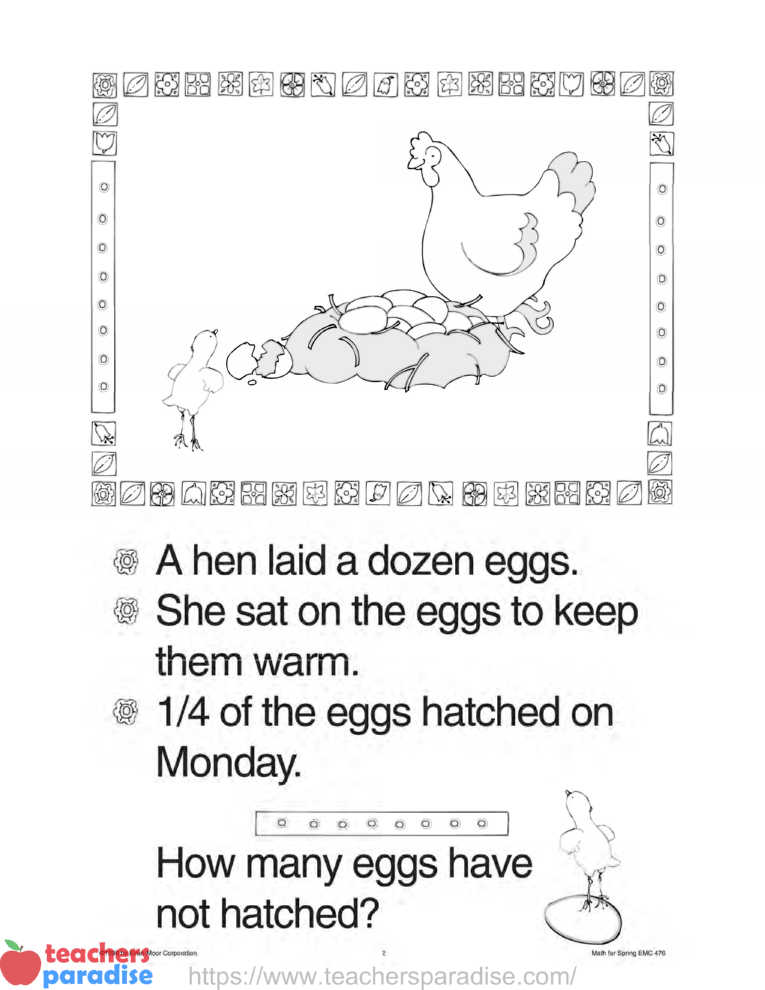
She sat on the eggs to keep them warm.
1/4 of the eggs hatched on Monday.
How many eggs have not hatched?
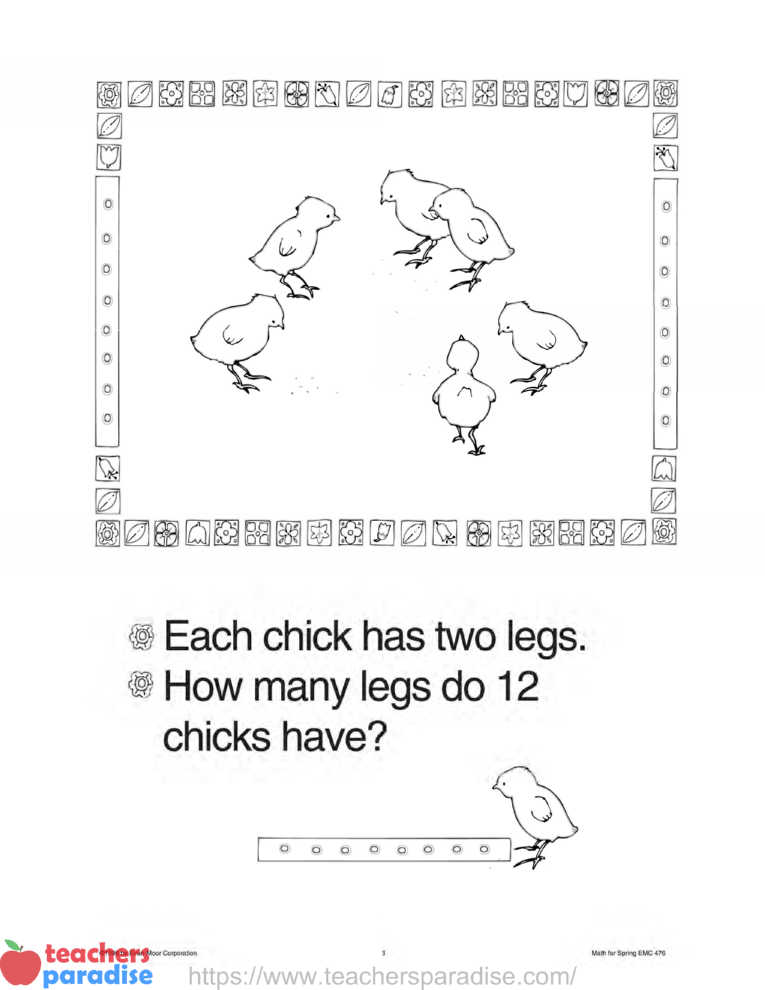
How many legs do 12 chicks have?

